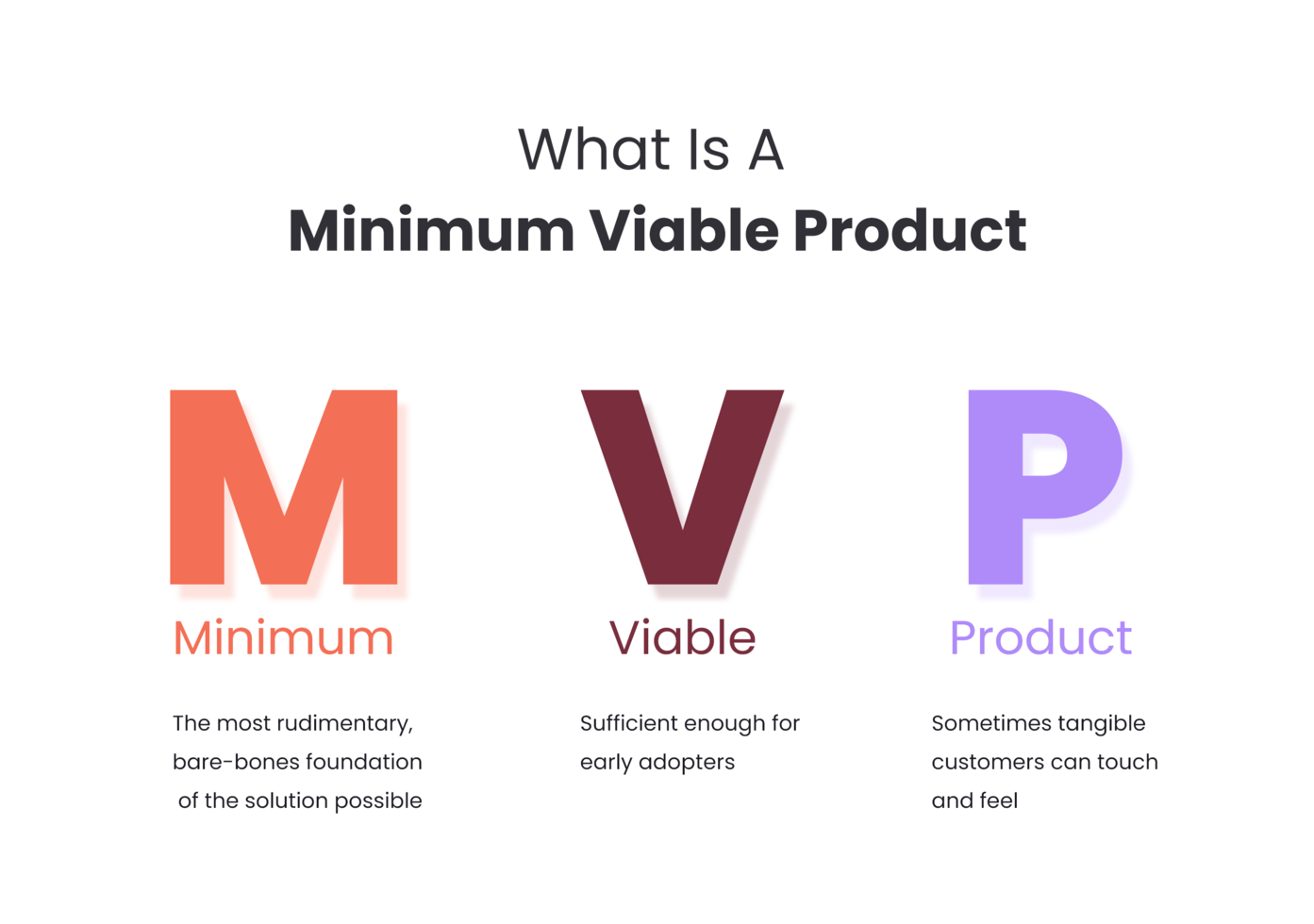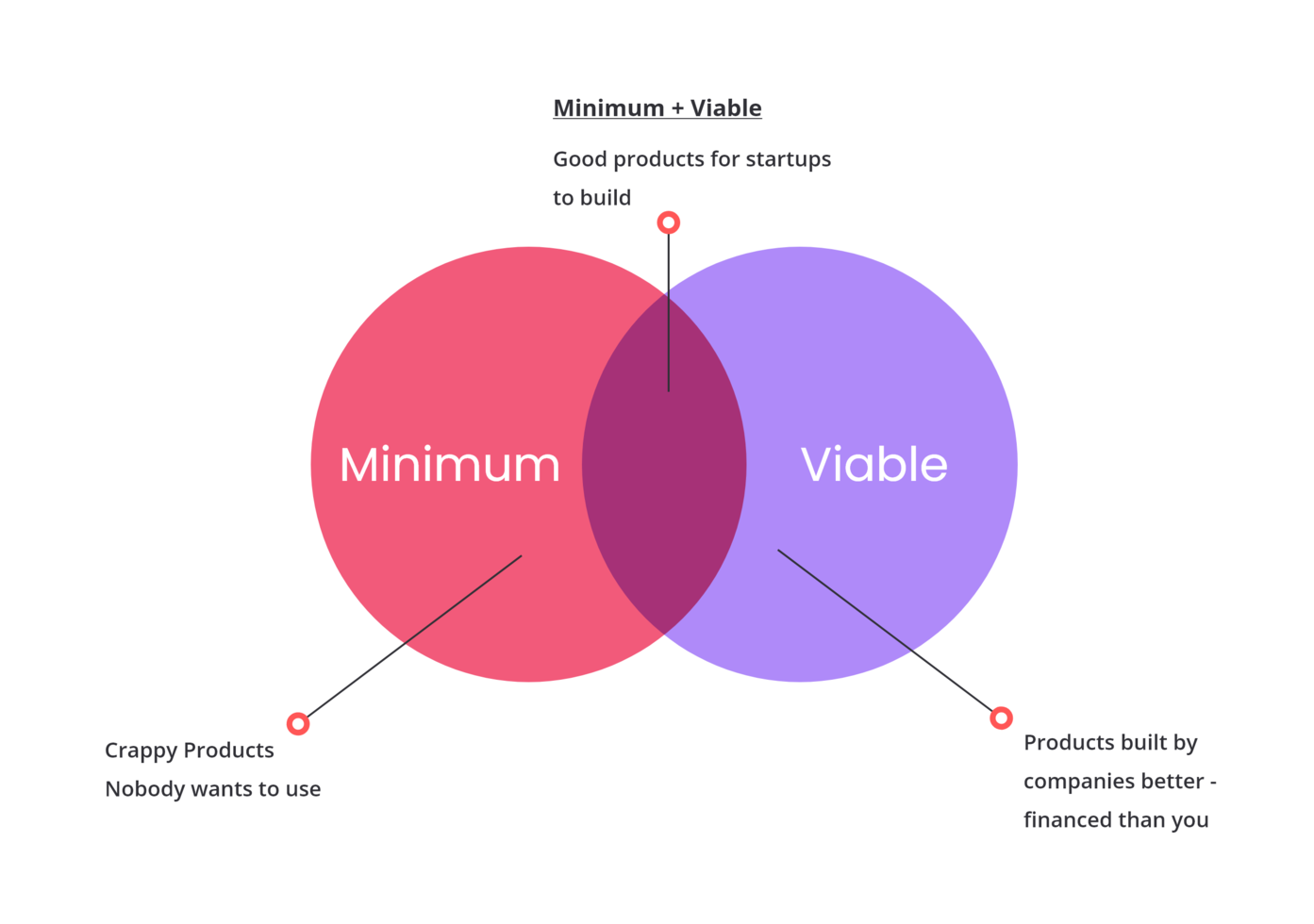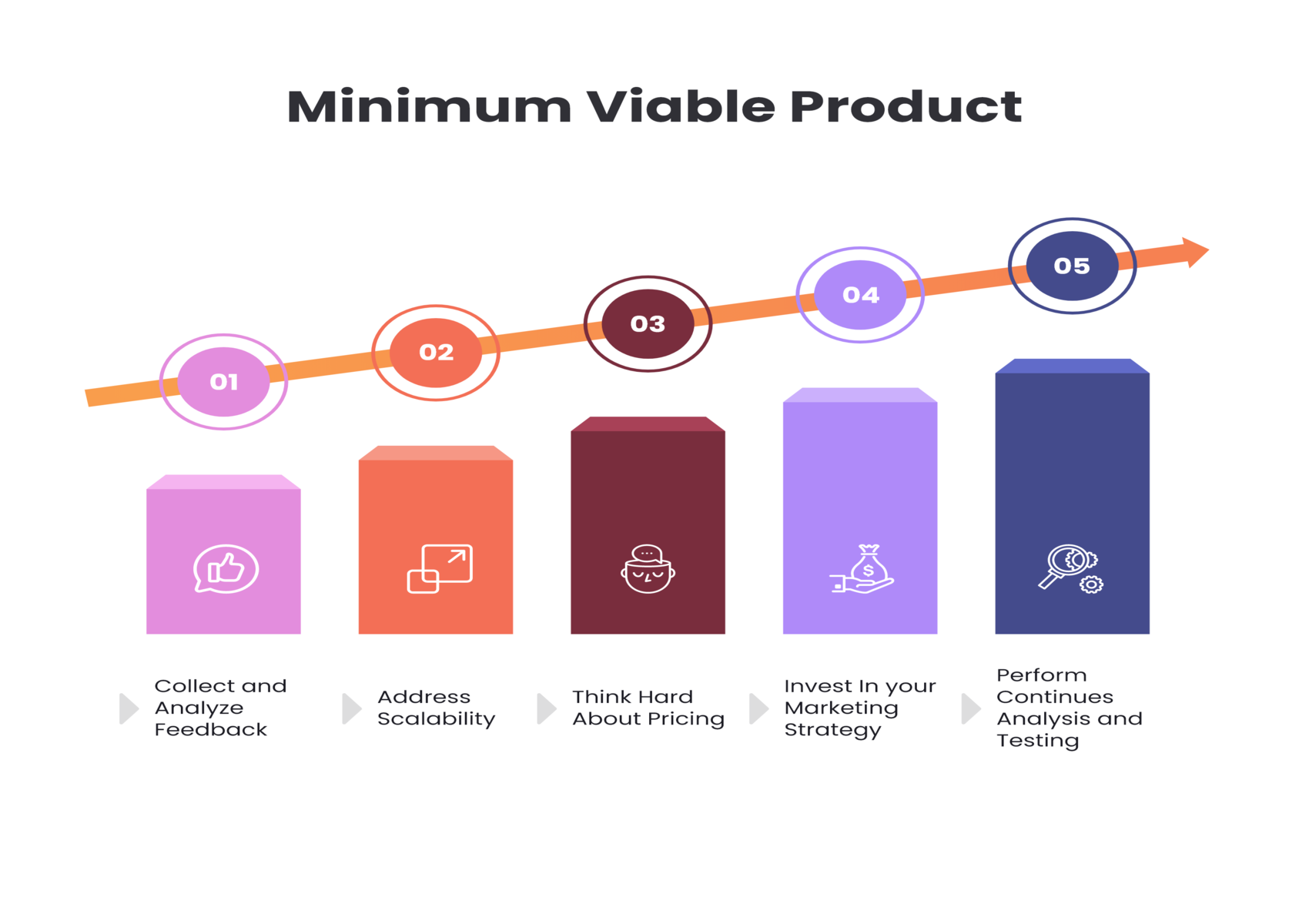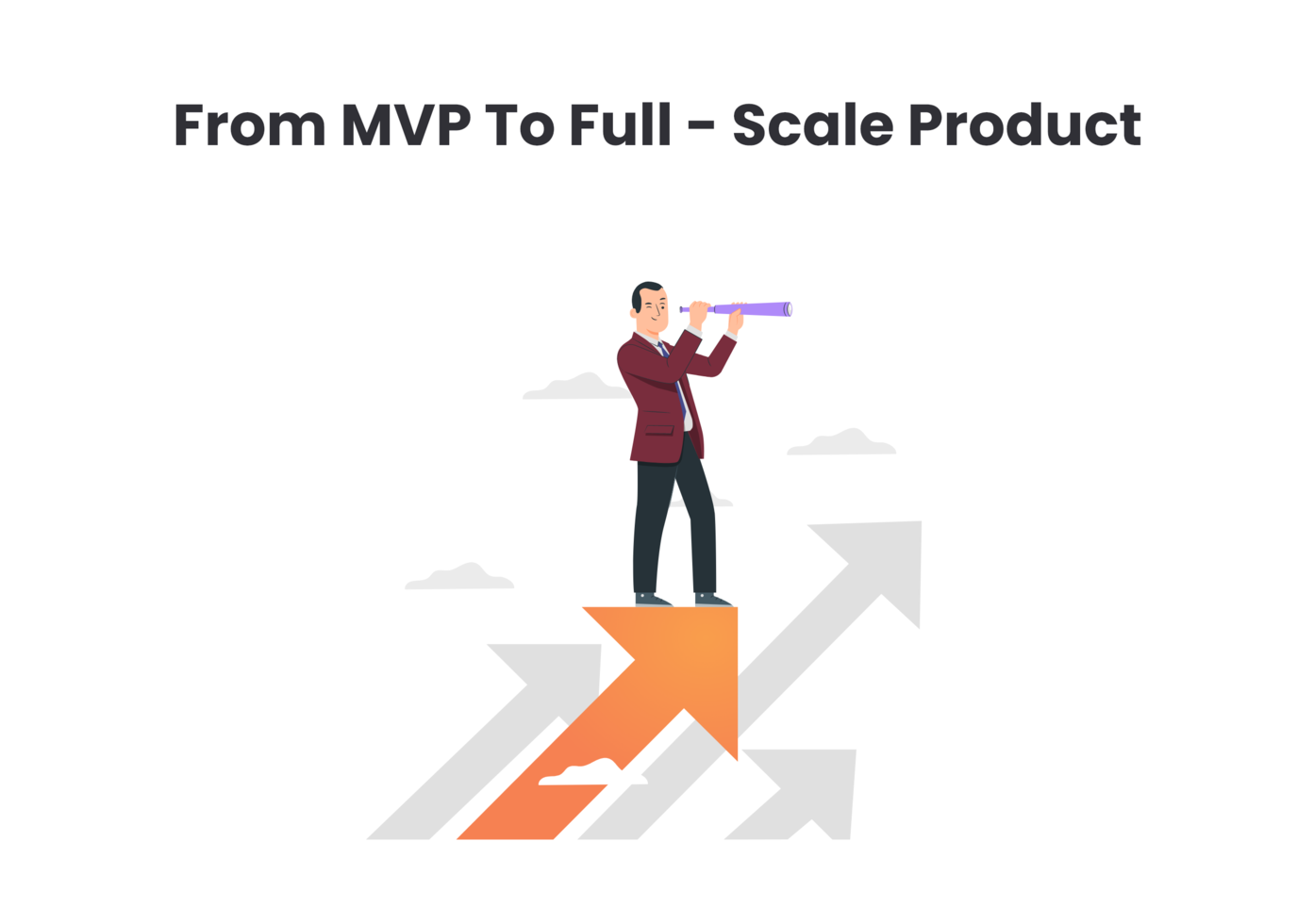You’re undoubtedly thinking about whether a minimum viable product is suitable for you if you’re reading this post. Before we get into the details, let us ask you a quick question. What are the similarities between Amazon, Facebook, and Uber?
They began as a Minimum Viable Product, if you haven’t already guessed. Facebook connected Harvard students, Amazon sold books, and Uber allowed customers to pay for cabs using credit cards before becoming an IT behemoth. These three businesses saved money and effort by testing the fundamental features before going full-scale. This post will explore how to approach MVP software development, its advantages, and how to do full-scale software development.
What is the Minimum Viable Product in App/Software Development?
An MVP is a concept that started in the startup entrepreneur world and has since been adopted by businesses of all shapes and sizes to test new products. Eric Ries of LeanStartup was one of the first to promote it among the general public. He points out that MVP app development strives to build a product with the most fundamental features and offer it to early adopters and enthusiasts in return for feedback.
An MVP is really a basic version of a product that assists innovators in obtaining product validation from actual consumers with the least amount of work.

Why Begin with a Minimum Viable Product?
1. Raise Capital
Investors must understand where their money is going. This is hardly surprising, given that the startup failure rate in 2019 was approximately 90%. Furthermore, as per Investopedia, 21.5 percent of companies fail in their first year. Moreover, 30 percent fail in their second year, and a staggering 50 percent fail in their fifth year. If you provide investors with a quick-to-market strategy for your app development, you will undoubtedly assist them in making an intelligent choice while also reducing risk.
2. Spend Less Money
In summary, MVP is about releasing products with essential features and soliciting feedback from consumers. You implement variations of the original idea based on their input. Consequently, you reduce the chance of creating features that aren’t helpful or that need to be removed entirely from the software. This leads to lower software development costs.
3. Examining Product-Market Fit
Years before the first iPhone hit the market, IBM produced the first touchscreen in 1992. Unfortunately, the product was not as popular as the iPhone, and IBM only sold 50,000 units before ceasing manufacturing. Can you figure out why? Because of a lack of product-market fit.
Your app concept may be fantastic, but several circumstances, such as poor timing, may prevent it from becoming a hit. Your product may end up being too innovative for its time. Or, far worse, you work so hard on refining the product that you miss out on being the first to market.
4. Honest Viewpoints
The ideal approach to putting an idea to the test is to share it with potential consumers and see how they engage. And MVP app design is among the most effective ways to get real input from the user.
Consider the case of Quibi. According to CNBC, they had a terrific marketing team and a team of specialists. They provided an in-app experience that checked all the criteria. Sadly, it failed just six months after its debut.
Taking the Next Step: From MVP to Full-Scale Product
So, why do so many companies fail after developing an MVP? They succeeded in turning their idea into a product, only to have it fade away. They lost out on the opportunity to realize the promise indicated in the MVP by failing to go on to the next stage.
Some MVPs become dead ends for a variety of reasons, including:
-
- Insufficient project development strategy
-
- Market research not carried out
-
- Overlooked prototype step
-
- There are many too many features
-
- There aren’t enough features
-
- You overlooked user feedback
-
- The importance of technical excellence is overstated
-
- The development team is unprofessional
-
- Your development strategy is incorrect

Please don’t be discouraged by the cautionary examples of companies that made it to MVP but subsequently failed. Here are five pointers to help you make the move from MVP to the product:
1. Gather and Analyze Feedback
Remember, the whole purpose of an MVP is to get input from your consumers, not to take over the market. As a result, MVP development aims to provide the bare minimum of functionality required to begin presenting the product to its intended market.
Before launching your MVP, all you have to count on are focus groups and gut feelings. MVP development is the process of utilizing the data collected from the MVP to improve the product.
To leverage the MVP phase effectively, you must be prepared to gather real-world data from your consumers as they engage with your product. Track user interactions, behavior, and dropoff at every touchpoint to discover features that may be enhanced, added, or removed as you go from MVP to product.
Remember to respond to all comments, even unfavorable ones. Customers who provide unfavorable feedback are doing you a favor by highlighting issues you may address as you go beyond MVP development and product development.
2. Consider Scalability
Many companies have failed catastrophically after developing a successful MVP because they did not consider how to expand. As you go from MVP to product, it’s critical to stop planning for failure and start planning for success. What if 100,000 people wanted your product right away? Do you have the people within the organization, infrastructure, and inventory to manage that volume of orders?
In the context of digital product development, this often entails addressing automation, SOPs, support personnel contingencies, and scalable cloud services such as payment APIs, CRMs, and virtual contact centers. The very last thing you want is for your product to fail due to its superiority.
3. Consider Your Pricing Carefully
Pricing is another area of contention at the MVP stage of digital project development. And anyway, you don’t want to put your pricing calculations to the test on a “minimum viable product,” do you? Customers would undoubtedly be prepared to pay for it since it is of little value to them, but it would be inaccurate.
No, it does not. The goal of MVP development is not to produce a hastily thrown-together or half-baked product. While it may not include all of the features of the final product, a successful MVP will address the main pain points that the product is intended to address.
In digital product development, MVP customers may pay with the expectation that their purchase will be updated to the complete version whenever your offering progresses from MVP to product.
Consider monitoring traffic and conversions if you want to utilize your MVP to evaluate your pricing estimations. At what price threshold does traffic begin to dwindle? This kind of research may assist you in determining the pricing structure that the market will bear once the completed product is ready for the big leagues.
4. Invest in Your Marketing Strategy
Many companies are hesitant to spend money on marketing when they publish their MVP since it isn’t the final product. This is another big mistake. Your MVP launch isn’t only helpful for monitoring customer reaction to a rudimentary version of the product—it’s also an excellent opportunity to focus on the marketing approach that will serve you best once you go from MVP to product.
Your MVP traffic is also ideal for lead generation. You may begin to create a base of qualified leads to reach out to once your completed product is fully up and running by using email signup lists and remarketing pixels or cookies—leads who have previously shown interest in your MVP.
5. Conduct Ongoing Analysis and Testing
Even when you’ve moved from MVP to product, the testing and analysis aren’t done. MVP development is more than simply a practice run for your product; it is also for your KPI measurements.
Everything you monitor during the MVP launch—conversions, traffic, abandoned carts, social interaction, consumer feedback, and so on—must be kept in mind throughout the product launch. As a result, you can continuously enhance your customer experience and the product itself, resulting in higher customer happiness.
Even if you got a head start on marketing during the MVP stages (see # 4), continue to monitor campaign success. And then, you can conduct A/B testing to get the greatest cost-per-conversion feasible.

Treinetic Can Help You with Anything from MVP Development to Full-Scale Development
The process from nothing to MVP, and then from MVP to full-scale product, may be challenging. If a person can develop an MVP, they generally can create the product. However, for others, the whole process of coming up with a concept, developing the MVP, gathering feedback, and scaling it up may be difficult. And it is at this point that you need professional help, such as that we provide.
Treinetic can assist innovative startups and entrepreneurs in building their products from scratch to full-scale. If you want to learn more about how digital product development and transformation work together, contact us or schedule a free session today.

